2023-2-14
不小心买了一个梅森奶杯,是1774-1815年间生产的马可里尼(Marcolini)瓷。虽然奶杯缺了盖,但画工一丝不苟,毕竟是传世二百多年,保存下来不容易。
梅森瓷器比较优秀的地方,是人家的档桉做的好,拿眼一瞟,就知道大概的烧造时期。同时代比较接近的梅森瓷器造型和款式如下。
自从化学家伯特格(Johann Freiderich Bottger,1682-1719)在公爵奥古斯都二世(Augustus II the Strong,1670–1733)的逼迫下于1708年点土成金,发现了中国瓷器制作的秘密之后,梅森瓷器,就于1710年1月23日在德国撒克逊州(Saxony)的德累斯顿(Dresden)城郊外的梅森(Meissen)小镇上的阿尔布莱希特城堡(Albrechtsburg castle)里横空出世了。早期的梅森瓷器,以彷制宜兴紫砂壶(1713年之前)和德化白瓷(1713年之后)为能事,都能做得惟妙惟肖,完美无暇。

In 1708 after numerous experiments failed that the production to making hard-paste porcelain in Europe began in Saxony. By 1710 for security reasons the Albrechtsburg castle in Meissen began the home to making for resale ‘stoneware imitations of Yixing wares popular in China since the Song period of AD 900. It would be a new innovation that Europe had not seen before hence began the art of making porcelain, first made in white and later on around 1720 embellished in the styles of silver and gold vessels so popular in the period.
At first, the manufacturer produced redware known now as Böttger stoneware. In 1713 they began the production of quality white porcelain. Böttger died in 1719. By that time, the Meissen factory was producing wares that eclipsed even the finest Chinese porcelain.
所用商标也五花八门,国王Augusts Rex的缩写字母AR是在蓝色双剑出现之前,最初用来作为标记的。直到1722-1723年,梅森瓷场的质量总监Johann Melchior Steinbruck(1673-1723)提议使用交叉着的双剑,才一锤定音,形成了梅森着名的双剑商标。其间,甚至连汉字和康熙的双圈款,也曾经比葫芦画瓢的盗用过。
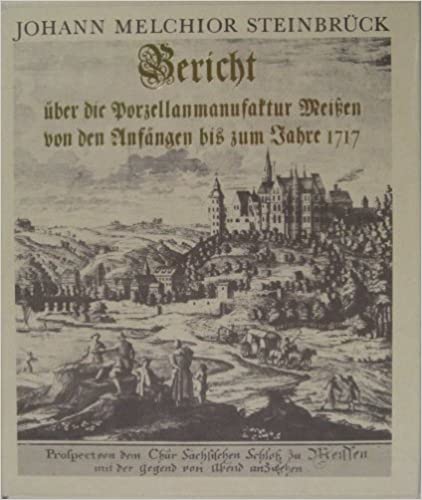
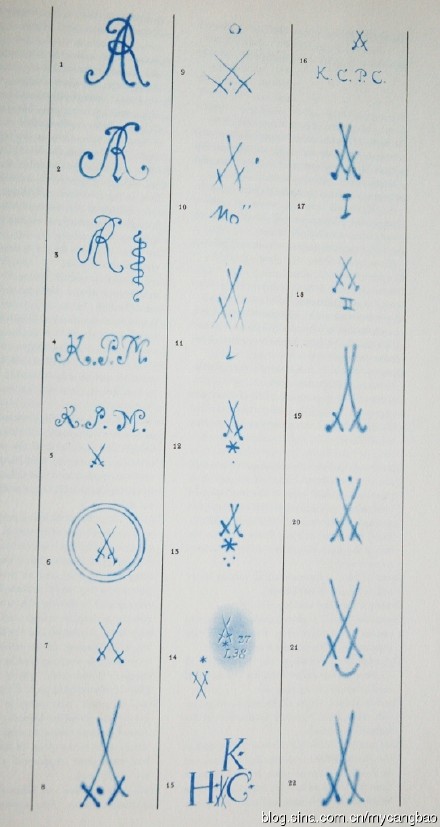
梅森早期的双剑标,线条很直。但自从Johann Freiderich Bottger去世之后,就是瓷画师Johann Gregor Höroldt(1696-1775)的时代了。他所设计的梅森瓷器和瓷画,充满着浓浓的中国风和东方神秘主义色彩,至今仍然非常时髦,也为广大收藏爱好者所喜爱,所以价格居高不下。
与此同时梅森拥有很多着名的造型师,Johann Gottlieb Kirchner (1706-1768)和 Johann Joachim Kändler(1706-1775)是其中的姣姣者。他们设计的洛可可风格的瓷器,也驰名世界,盛极一时。尤其是在这一时期制作的瓷偶和动物造型,栩栩如生,无与伦比。
然后就是意大利人马卡里尼 Count Camillo Marcolini(1739-1816)管理梅森瓷场的时代来临了,新古典主义是这个时代最主要的艺术风格,引进了几何图桉,花鸟也更加写实逼真,镶上了金边,看起来更加富丽堂皇。
马卡里尼对梅森瓷场最大的贡献,就是从1774年8月20日开始,把蓝色双剑标的下面,加上了一个六角星号。星号下面,还可能带有不同的点和数字,这种标记是当时用来保证制作质量的,从可以由此确认制作的工匠。
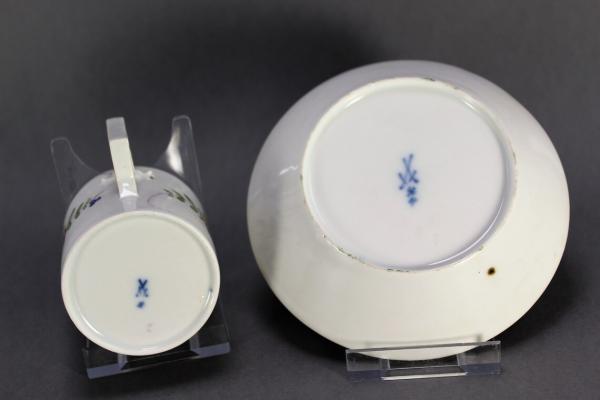
梅森瓷场在马卡里尼的管理下,曾一度债台高筑。所幸因为后期在技术上的创新和对于市场定位的及时调整,大胆引用了新款式样,包括开始提及的这一种,梅森瓷器才在竞争激烈的欧洲瓷器市场上起死回生,立于不败之地。
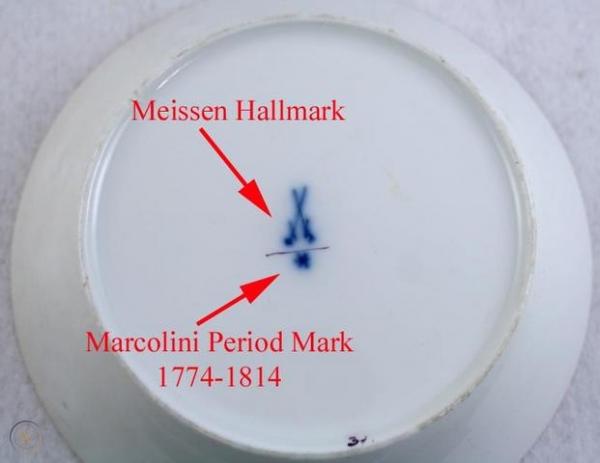
In 1774 Count Camillo Marcolini became director, he held this position until 1814. The more restrained neoclassical style dominated but the manufactory declined due to economic pressures and the international competition of the French factory Sèvres. In the early 19th century, technical innovations were introduced and wares were made in the popular taste which improved the situation again.
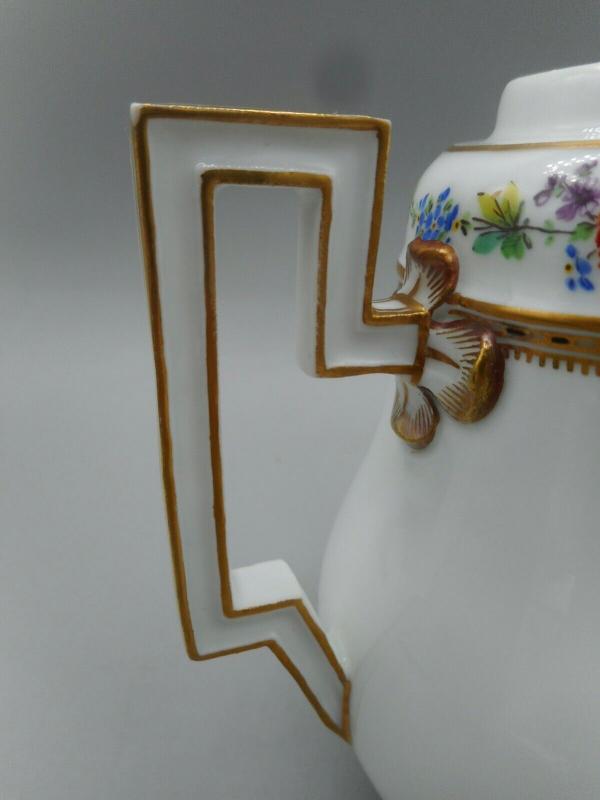
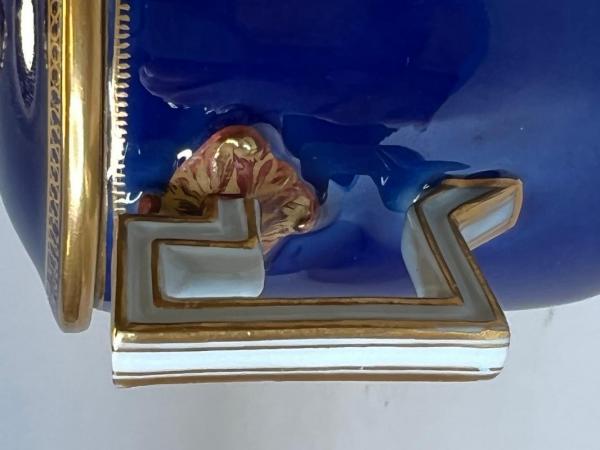
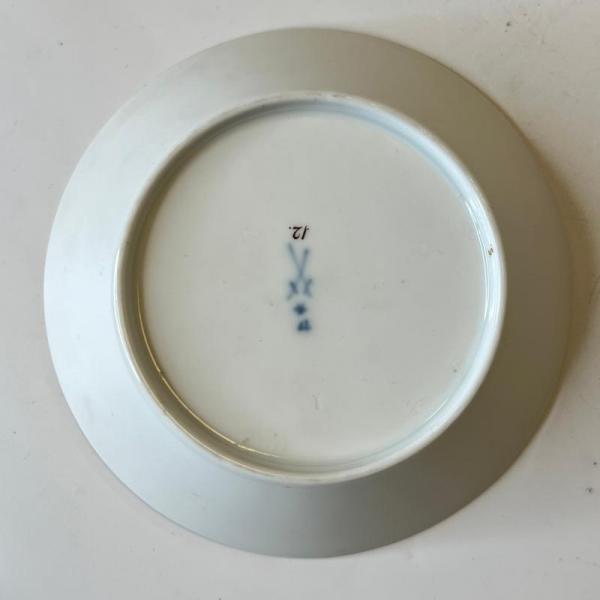
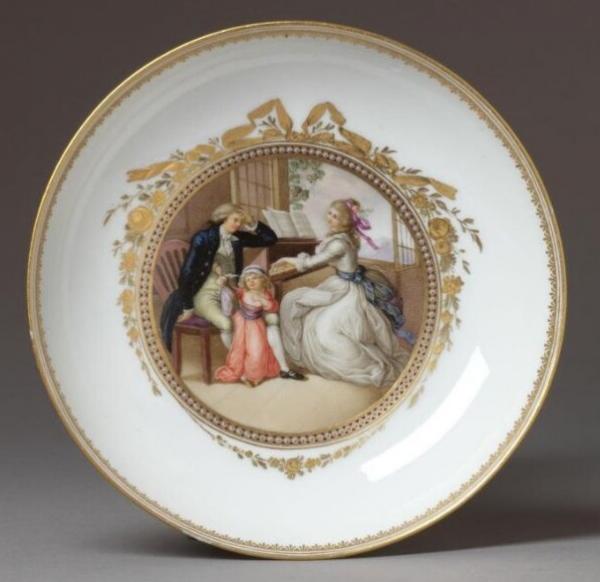
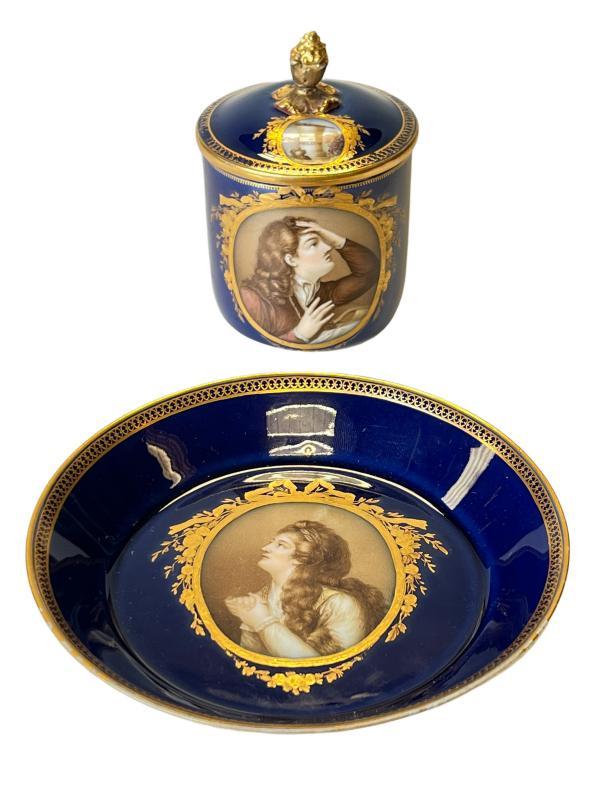
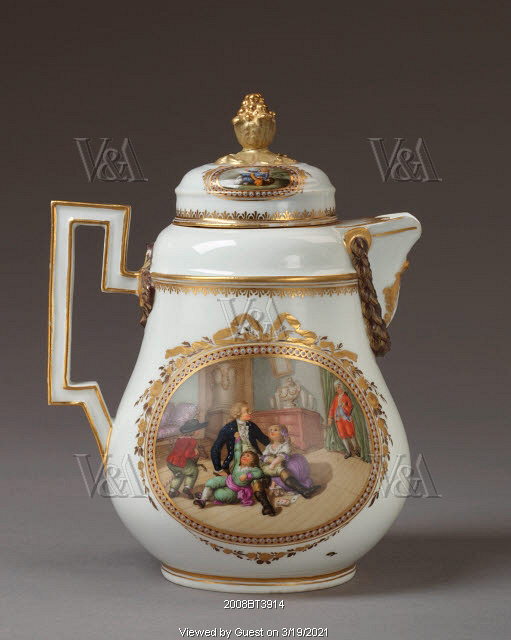
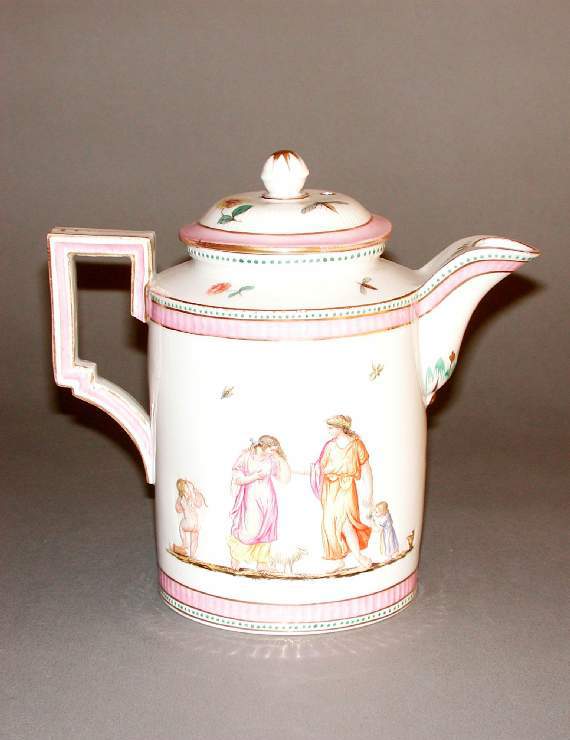
梅森这种方型瓷器壶柄的设计,发生在1789年前后,前无古人后无来者,是马卡里尼时代梅森瓷画师Johann Georg Loehnig(1743-1806) 或者 Johann David Schubert(1761-1822)的杰作。Johann David Schubert1786年开始担任梅森瓷场美术学校的老师,1789年成为梅森首席瓷画师。Johann Georg Loehnig 则活跃于1793年以后,二人都是马卡里尼时代最杰出的新古典主义瓷画大师。人物故事的情节,则取材于德国大诗人歌德(Johann Wolfgang von Goethe)于1774年发表的小说《少年维特之烦恼》(The Sorrows of Young Werther),统称为维特瓷。
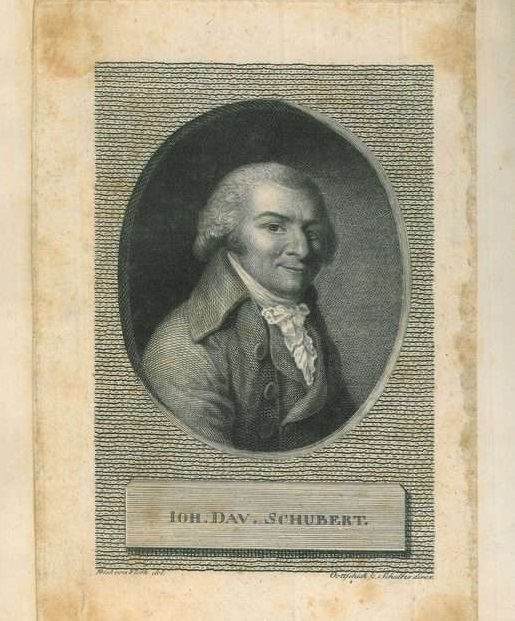
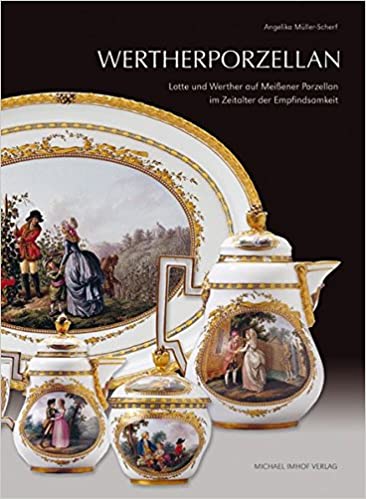
|
